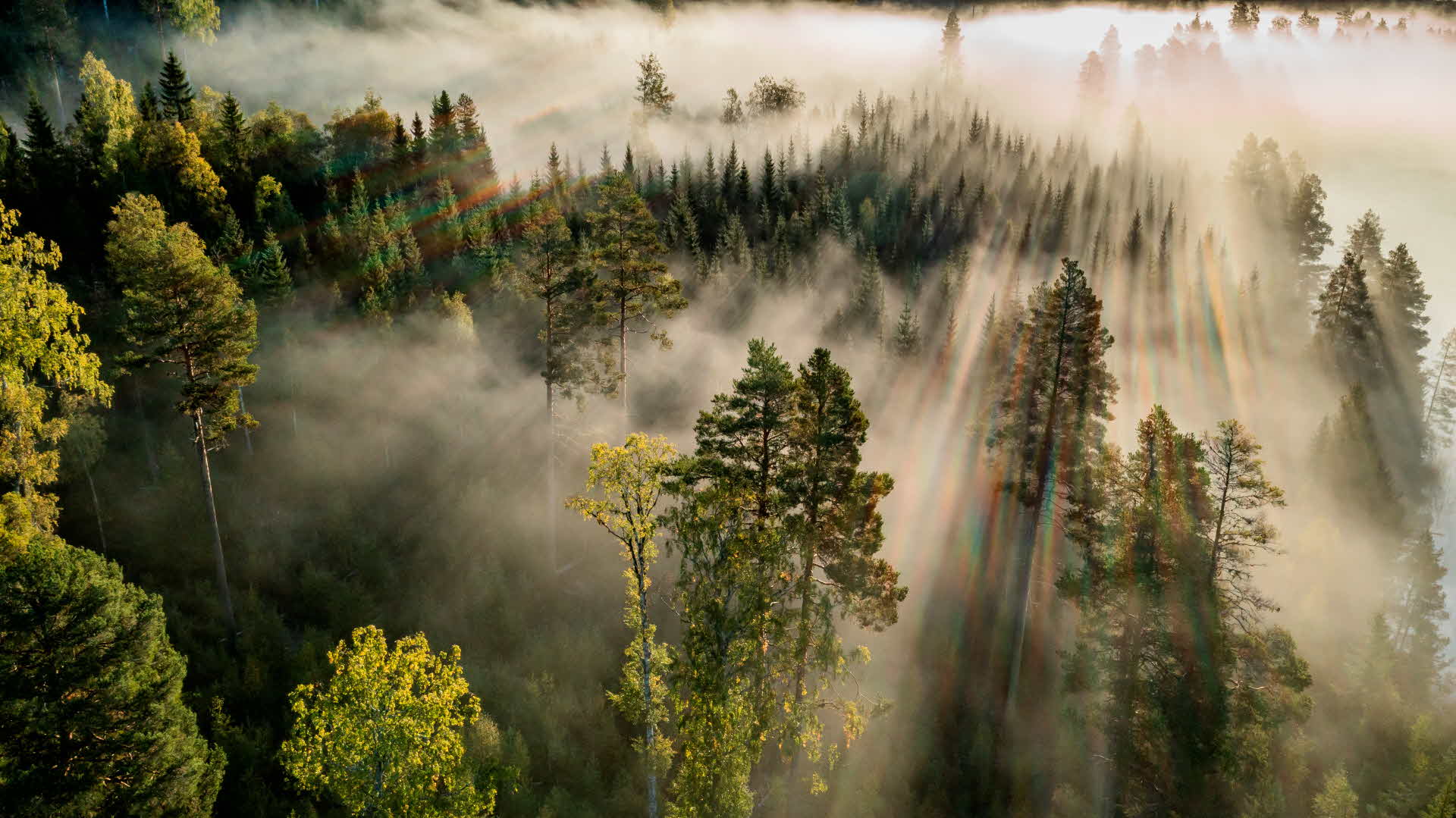
- SUSTAINABILITY
A sustainable future driven by the forest
Sustainability to us
There is an urgent need to change our society – and we have a clear picture of how to achieve this. We see a green transition, with an economy that works for both people and the environment. We see a transition to products that do not damage nature, but are instead part of the perpetual cycle. We see sustainable investments and innovations. The forest is showing the way to a fossil-free world in balance.
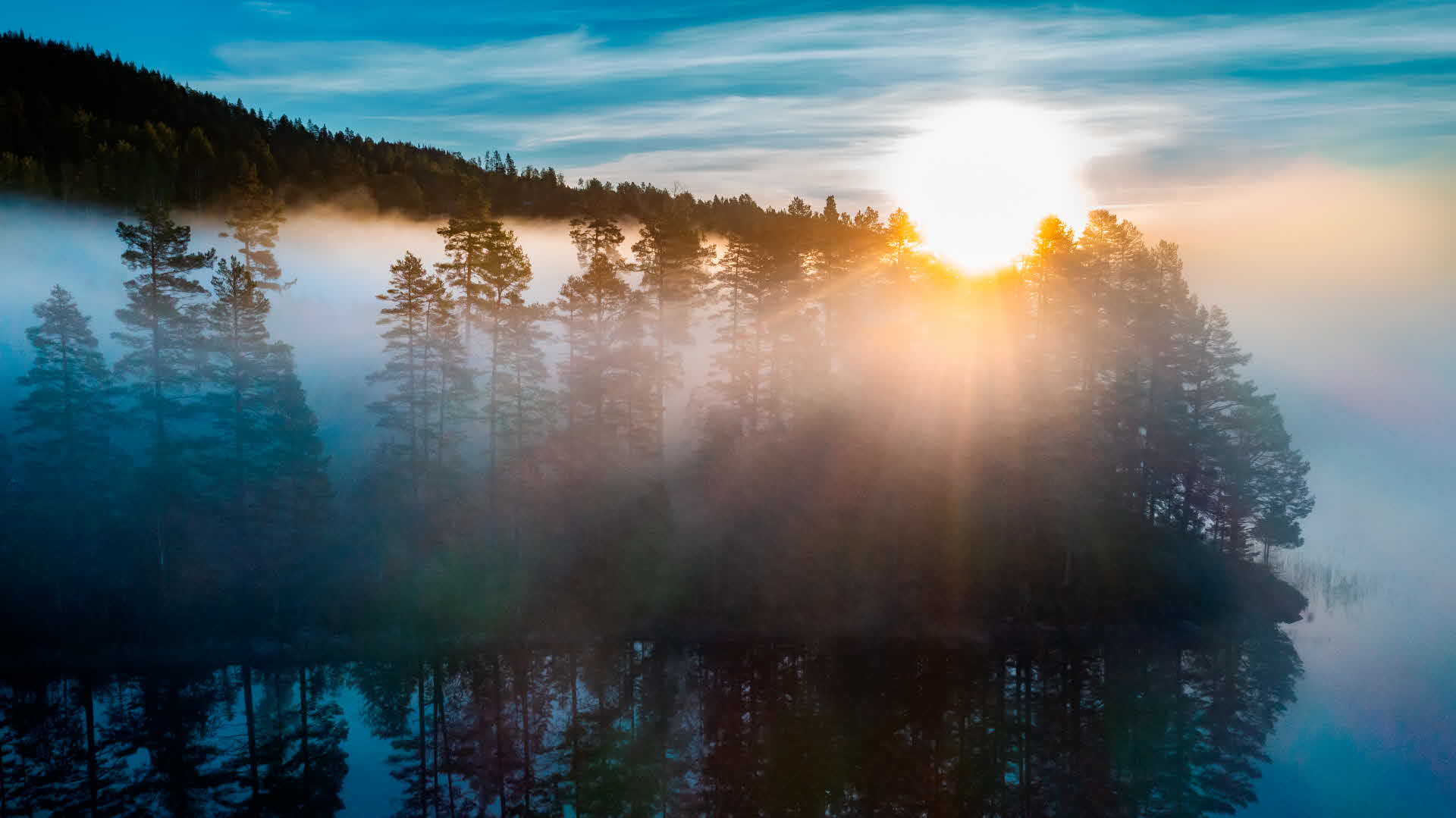
Our platform for sustainability
Using the forest as a base, sustainability is at the very core of SCA. We contribute climate benefit, create thousands of jobs, preserve biodiversity and nurture the forest’s other values. All of this is described in our sustainability platform.
More about our platform6strategic priorities
includes social, financial and environmental related goals 12.3million tonnes of CO₂e
SCA's climate benefit 100percent
of the wood raw material comes from responsibly managed forests
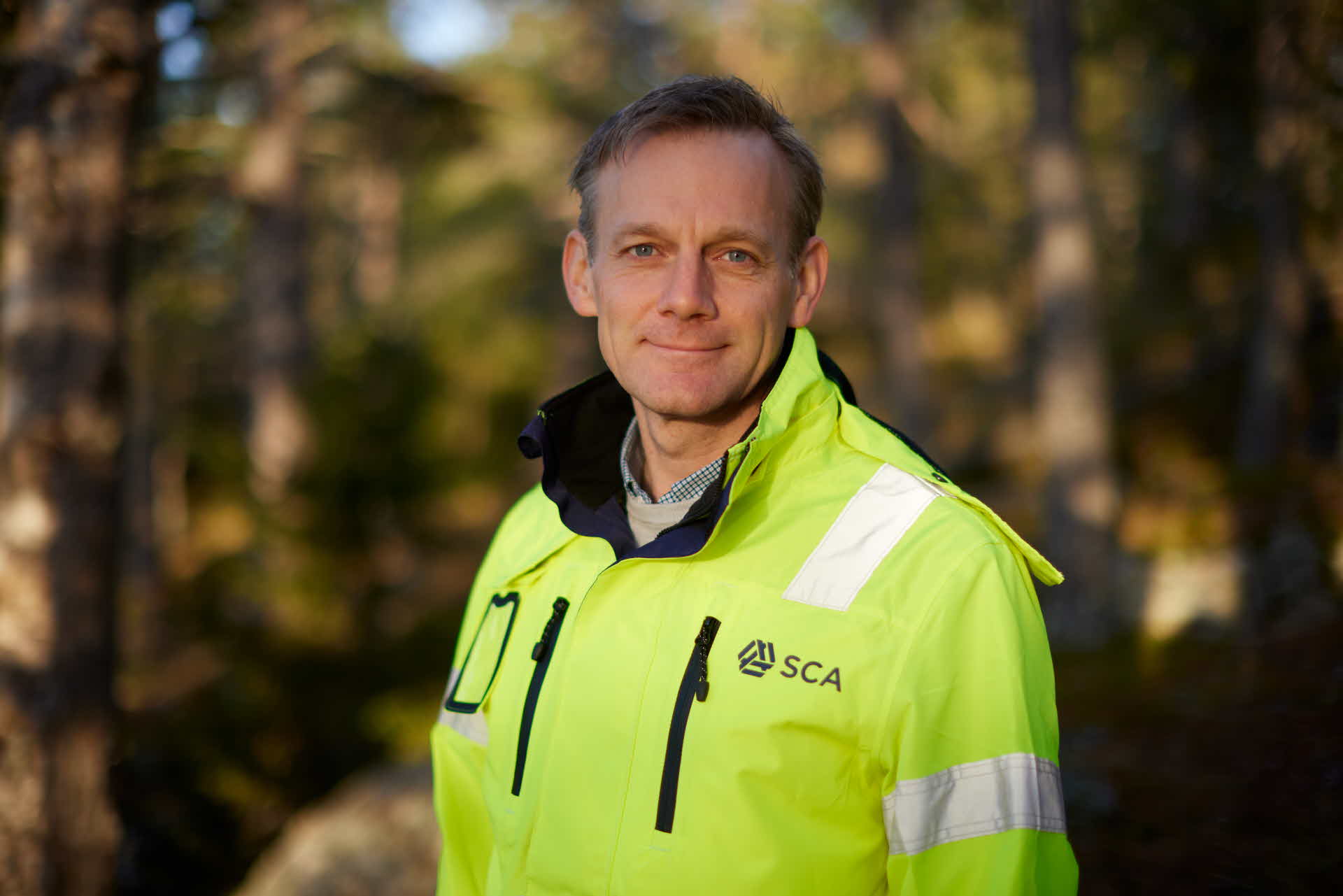
As a company, we are strongly climate positive as a whole, but we are continuing to improve our positive contribution by gradually reducing fossil emissions. The main challenge is in heavy raw material transportation, where every single timber truck counts.
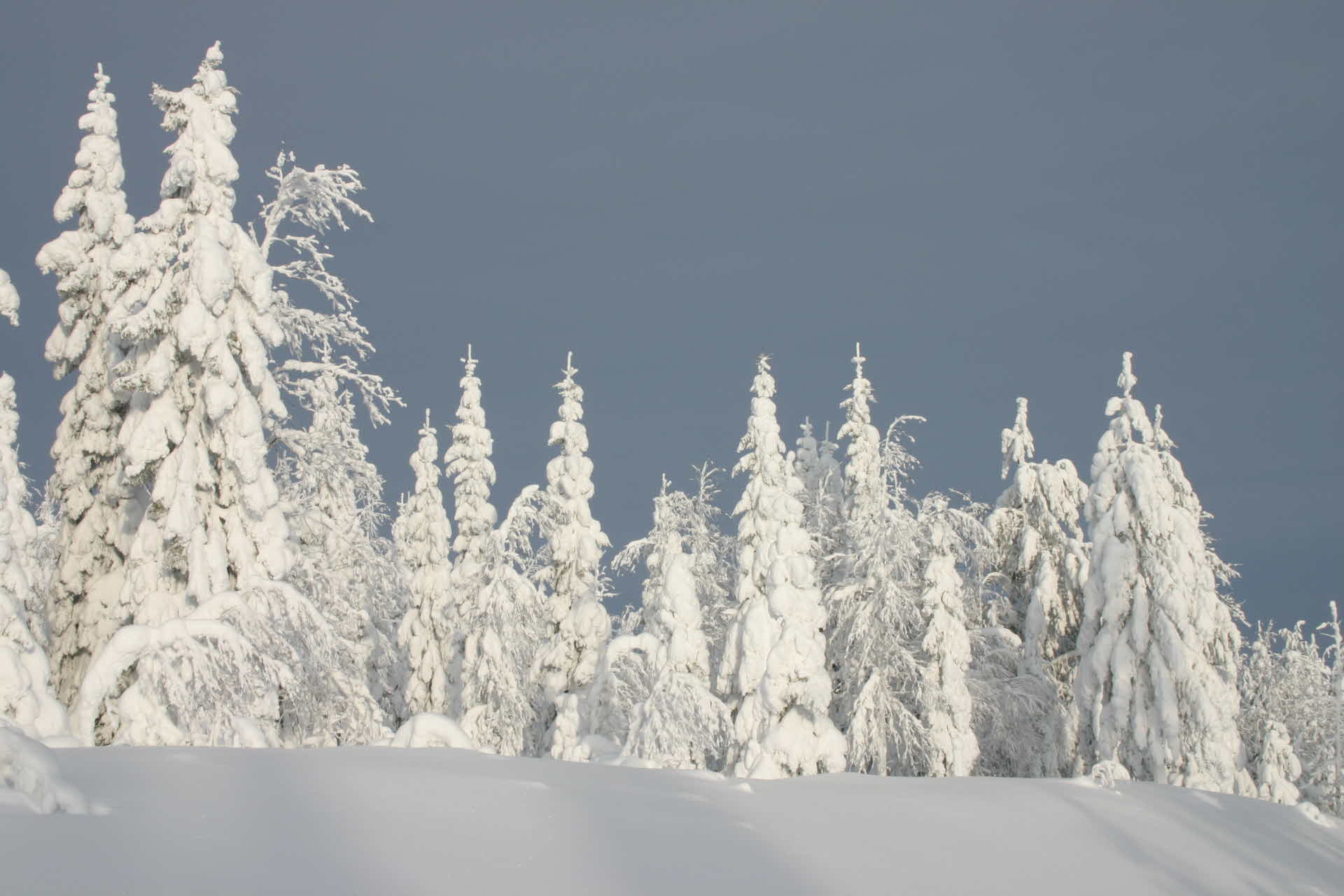
We are doing good for the climate
Limiting global warming is one of the greatest challenges of our time. As a forest company, we are one part of the solution. Our growing forests capture and store enormous volumes of CO2, several times more than the fossil CO2 emissions from our entire operations. But we provide an equal benefit by manufacturing bio-based products, which reduce society’s need for fossil-based alternatives and thereby prevent large volumes of greenhouse gas emissions.
We are a climate-positive company and in 2024 generated a climate benefit of 12.3 million tonnes of CO2e. The climate benefit is an important part of our contribution to the green transition and is described in more detail in the sustainability target: ‘A fossil-free world’.
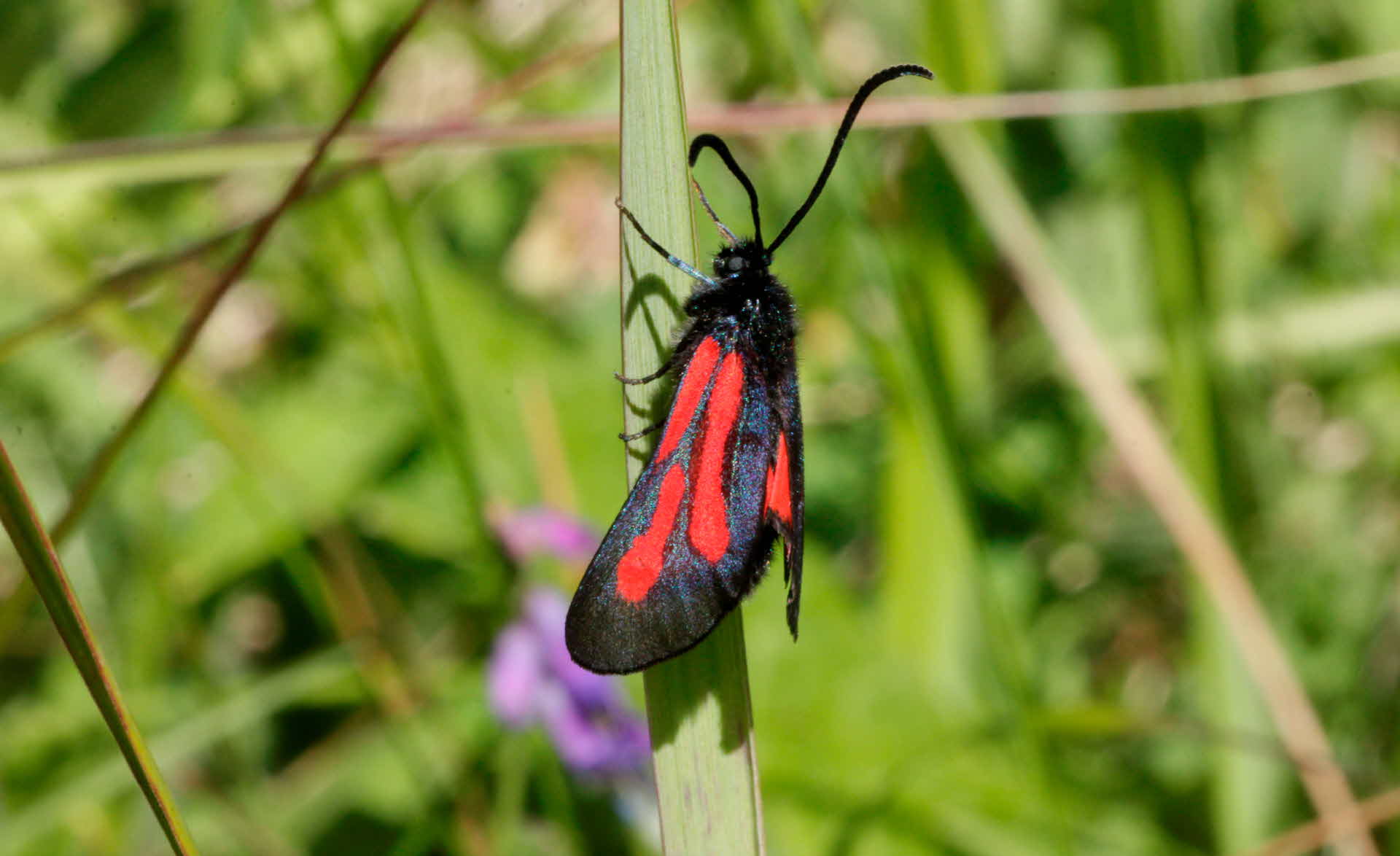
Biodiversity
SCA’s forests provide a habitat for a wide variety of flora and fauna – and we want these species to continue to live there in the future. We constantly endeavor to make our nature conservation activities even more effective and in addition to the considerations we take in all of our measures, we use targeted initiatives to preserve and promote biodiversity.
This includes the identification of 203 red-listed species present in our operating areas and that are affected by forest operations. We have also identified a dozen habitats of special importance for these.
We are now working actively to preserve and recreate these prioritized habitats in our forests. In this way, we benefit not only species included under SCA’s Species Commitment, but also many other species.
Our biodiversity efforts are an important element in our ‘Valuable forests’ sustainability target.
Certificates and documents
Looking for SCA's certificate, policies and other sustainability documents?
Annual and sustainability report
SCA has a combined annual and sustainability report. Here you will find all the detailed information about how we work with sustainability. SCA’s core values are based on the belief in the value of forests for a sustainable future for everyone.

With the forest as a workplace
When cross-country skiing sprint champion Jonna Sundling was growing up in the small village of Tvärålund outside Umeå, the forest was her own domain. Skiing was something she did for fun with her friends and gold medals were beyond her dreams back then.

SCA Updates Sustainability Policy
Our sustainability policy establishes the framework for integrating sustainability throughout our entire operations. The policy defines our ambitions and ensures that sustainability permeates everything we do—from product development and business models to investments and supply chains.
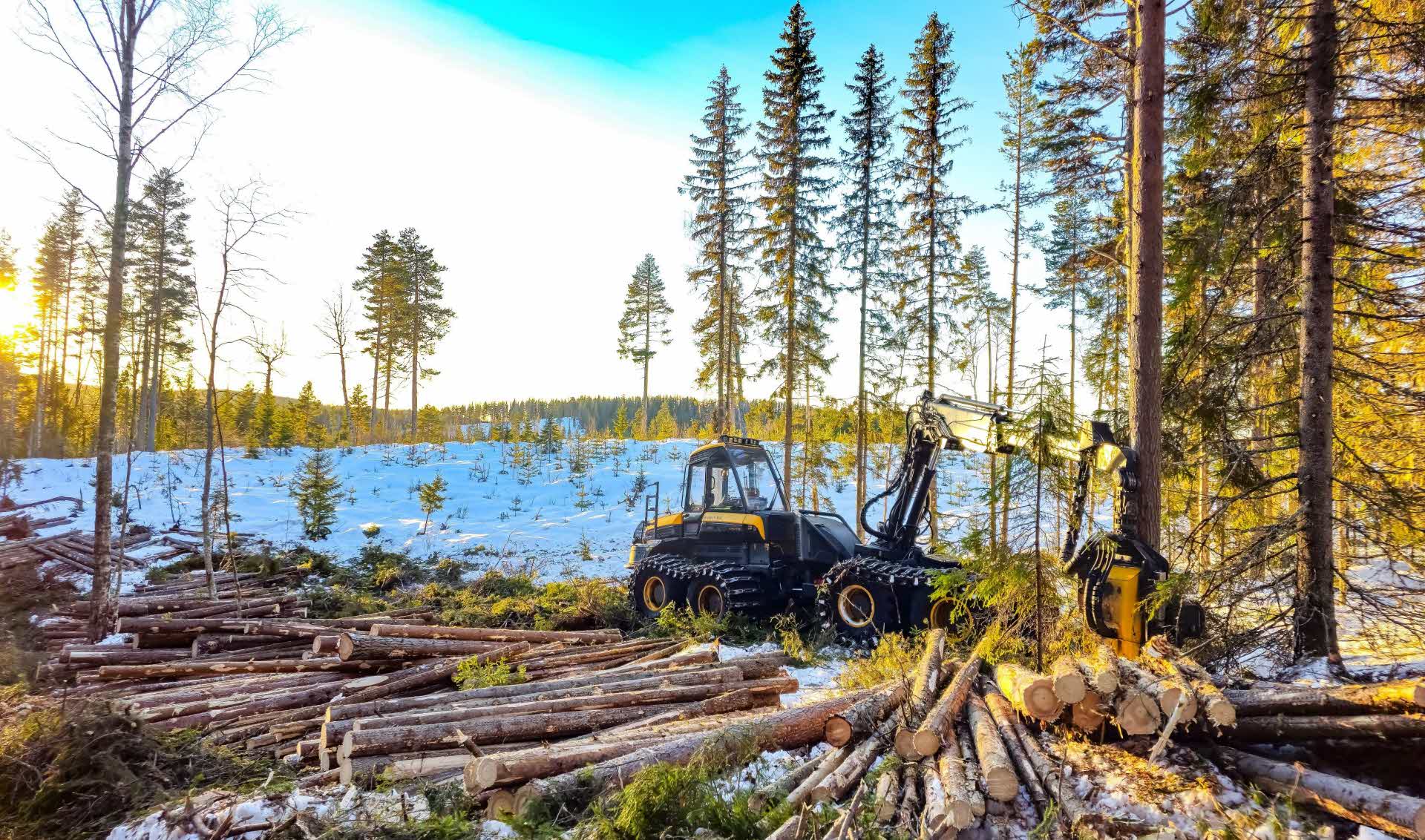
Major initiative for emission-free workplaces in forestry
Creating emission-free workplaces in Sweden’s forestry is a crucial part of the forestry industry's efforts to contribute to the climate transition. SCA, along with parts of the forestry sector, is now collaborating with Komatsu Forest, Luleå University of Technology, the Swedish University of Agricultural Sciences, and the Forestry Technical Cluster to tackle the challenge.
Welcome to contact us if you have questions regarding our sustainability work
